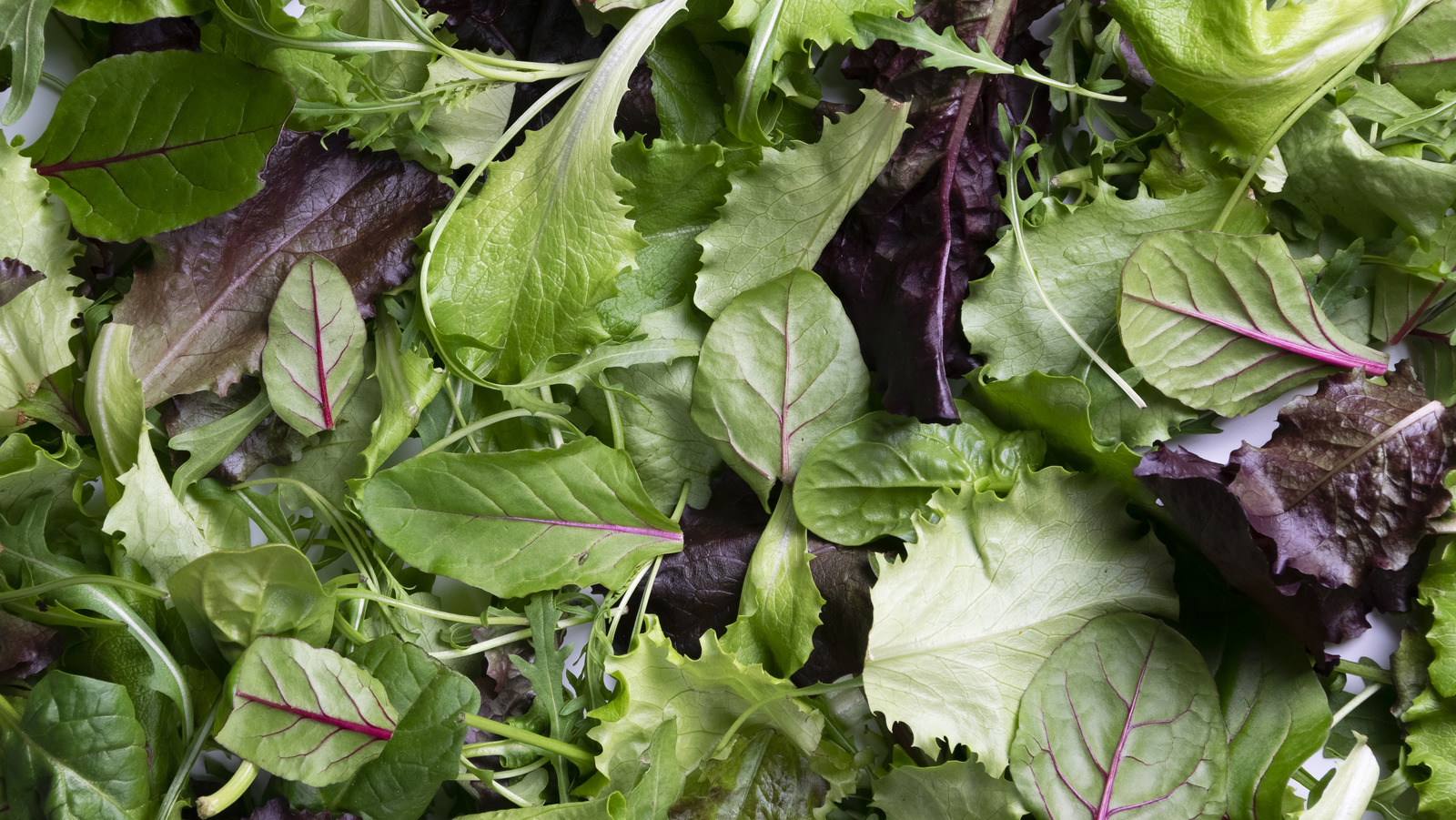Listeria In Buldak Noodles: Understanding The Risks And Safety Measures
When it comes to popular Korean dishes, Buldak noodles have taken the culinary world by storm, captivating taste buds with their fiery flavor and unique texture. However, recent discussions have surfaced regarding the potential health risks associated with these noodles, particularly concerning the presence of Listeria. In this article, we delve into the intricacies of Listeria in Buldak noodles, exploring what it is, how it can contaminate food products, and what consumers can do to ensure their safety.
The increasing popularity of Buldak noodles, known for their extreme spiciness, has led to a surge in consumption worldwide. Yet, with great popularity comes great responsibility, especially regarding food safety. Listeria monocytogenes is a bacterium that can cause serious infections, particularly in vulnerable populations. Understanding how this bacterium can enter our food supply is crucial for consumers who enjoy Buldak noodles.
This article aims to provide comprehensive information about Listeria in Buldak noodles, including its health implications, safety measures to take, and guidelines for safe consumption. We will also highlight expert opinions and statistics to underscore the significance of this issue. By the end of this article, readers will be equipped with valuable insights into enjoying Buldak noodles without compromising their health.
Table of Contents
- What is Listeria?
- Sources of Listeria Contamination
- Health Risks of Listeria Infection
- Overview of Buldak Noodles
- How Listeria Affects Buldak Noodles
- Safety Measures for Consumers
- What to Do If Exposed to Listeria
- Conclusion
What is Listeria?
Listeria refers to a genus of bacteria, with Listeria monocytogenes being the most notable species that can cause illness in humans. This bacterium is particularly dangerous for pregnant women, newborns, older adults, and individuals with weakened immune systems. Symptoms of Listeria infection can range from mild flu-like signs to severe complications, depending on the individual's health status.
Sources of Listeria Contamination
Understanding how Listeria contaminates food is essential for prevention. Here are the primary sources:
- Dairy Products: Unpasteurized milk and soft cheeses can harbor Listeria.
- Processed Meats: Deli meats and hot dogs are common culprits.
- Fruits and Vegetables: Contamination can occur through soil, water, or handling.
- Ready-to-Eat Foods: Foods that are not cooked before consumption may be at risk.
Health Risks of Listeria Infection
Infection with Listeria can lead to serious health complications, including:
- Fever and muscle aches.
- Nausea or diarrhea.
- Sepsis, meningitis, or encephalitis in severe cases.
- Pregnancy complications, such as miscarriage or stillbirth.
The Centers for Disease Control and Prevention (CDC) estimates that Listeria causes about 1,600 illnesses and 260 deaths annually in the United States alone, emphasizing the importance of food safety.
Overview of Buldak Noodles
Buldak noodles, also known as "Fire Noodles," originated in South Korea and have gained immense popularity due to their spiciness and unique flavor. Made from wheat flour, these noodles are typically served with a spicy sauce that includes chili powder, garlic, and various seasonings. While delicious, it's crucial to consider food safety when consuming these noodles.
How Listeria Affects Buldak Noodles
While Buldak noodles are primarily a dry product, there are still potential risks of contamination:
- Cross-Contamination: If the noodles come into contact with contaminated surfaces or raw ingredients.
- Improper Storage: Storing cooked noodles improperly can lead to bacterial growth.
- Pre-packaged Ingredients: Some sauce mixes or toppings may pose risks if not handled correctly.
Safety Measures for Consumers
To enjoy Buldak noodles safely, consider the following measures:
- Always cook noodles according to package instructions.
- Avoid cross-contamination by using separate utensils for raw and cooked foods.
- Store cooked noodles in the refrigerator and consume them within a few days.
- Check expiration dates on packaged sauces and toppings.
What to Do If Exposed to Listeria
If you suspect you have been exposed to Listeria, especially if you develop symptoms, it is crucial to seek medical attention promptly. Early diagnosis and treatment can significantly reduce the risk of severe complications.
Conclusion
In conclusion, Buldak noodles can be a delicious addition to your culinary repertoire, but it is vital to remain informed about the risks associated with Listeria contamination. By understanding how Listeria can affect these noodles and implementing safety measures, consumers can enjoy their favorite spicy dish without compromising their health. We encourage readers to share their experiences with Buldak noodles and any tips for safe preparation in the comments below.
Thank you for reading! We hope to see you back here for more informative articles on food safety and culinary delights.
Exploring Lee Soo-hyuk's Wife: A Deep Dive Into The Life Of The Popular Actor
MvegaMovies: Your Ultimate Guide To Streaming Movies Online
Judith Gilgun: The Journey Of A Talented Actress And Comedian


